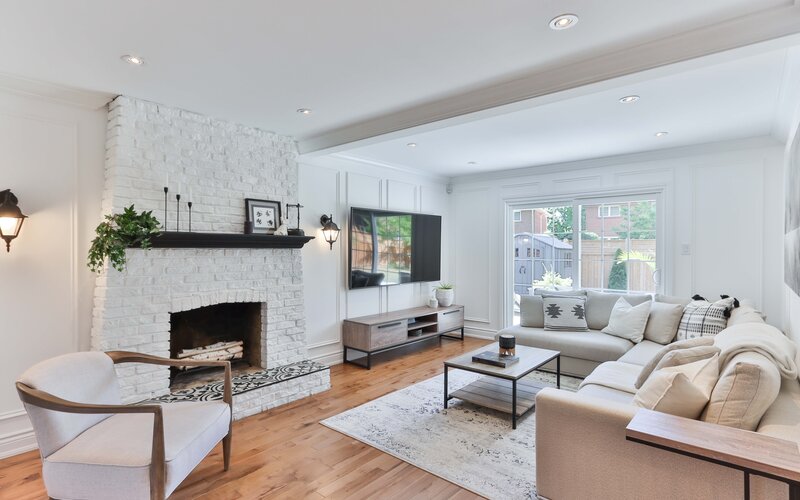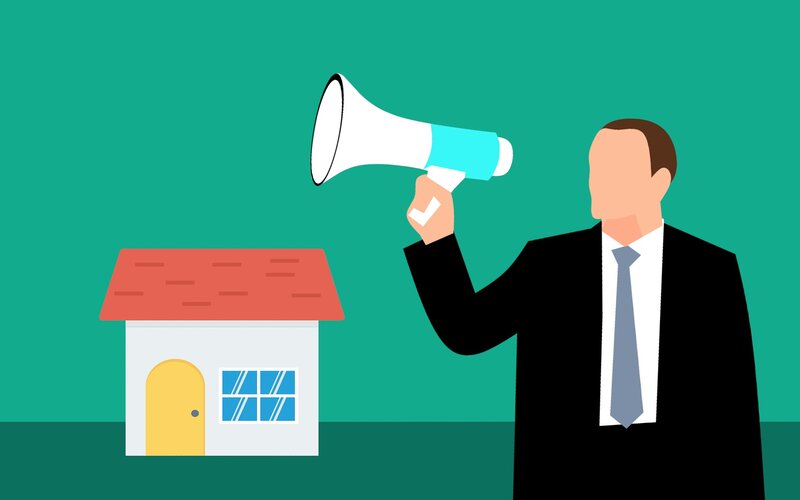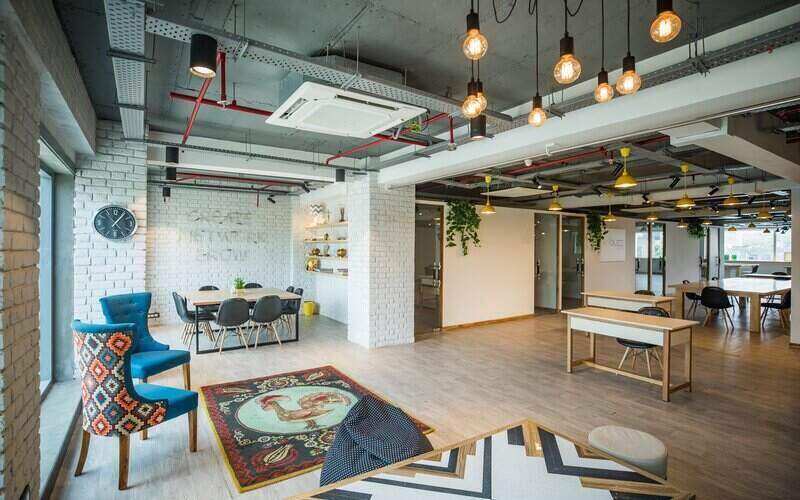Aussie analysed 3,960 suburbs across Australia and crunched the numbers to find out where home buyers can find a house where a 10-20% deposit is $100,000 or less.
A 10% deposit implies a $1 million property value, while for a 20% it's $500,000.
While results were pretty skint with a 20% deposit, a 10% deposit opens up a lot more options. The most popular suburbs were:
- New South Wales: Box Hill (10%: $61,150), and Wyee (20%: $83,000)
- Victoria: Heidelberg West (10%: $75,000) and Dallas (20%: $100,000)
- Queensland: Carina (10%: $75,050) and Acacia Ridge (20%: $90,500)
- South Australia: Adelaide (10%: $70,525) and Ascot Park (20%: $96,200)
- Western Australia: Scarborough (10%: $78,200) and Nollamara (20%: $79,000)
- Tasmania: Kingston (10%: $63,050) and Glenorchy (20%: $96,000)
- Northern Territory: Ludmilla (10%: $56,200) and Bakewell (20%: $93,200)
- Australian Capital Territory: Phillip (10%: $56,650)
For units, the three most popular suburbs were: Melbourne (20%: $85,350) and Hawthorn (10%: $60,749.95) in Victoria, and Lakemba (20%: $76,500), south-west of Sydney.
The analysis was based on CoreLogic's median property price data.
According to Aussie CEO of Distribution, Brad Cramb, nearly one in five borrowers secured a home loan paying lenders mortgage insurance in the past 12 months.
"With rising property prices and recent changes to lending criteria from APRA creating some concerns around housing affordability, we wanted to show homebuyers that there are still opportunities to get into the property market if you expand your suburb search and adapt your thinking around how you might structure your home loan," Mr Cramb said.
"You don’t always need to have a 20% deposit to buy a home."
Debt to income levels soared over 2021, with more than one fifth of all home loans written in the June quarter to households borrowing more than six times their income.
This raised the attention of the prudential regulator - with APRA introducing a serviceability buffer bump in October, aimed to curb those borrowing at the margins.
It's estimated it will affect the average borrower's borrowing capacity by 5%.
"In a competitive market it’s important to do your homework, including considering where you might be willing to make compromises, researching suburbs where you could afford to buy a home in, and organising pre-approval," Mr Cramb said.
"Having pre-approval is also important, so when the right property comes up on the market, you can make an offer with confidence."
Advertisement
Buying a home or looking to refinance? The table below features home loans with some of the lowest interest rates on the market for owner occupiers.
| Lender | Home Loan | Interest Rate | Comparison Rate* | Monthly Repayment | Repayment type | Rate Type | Offset | Redraw | Ongoing Fees | Upfront Fees | Max LVR | Lump Sum Repayment | Extra Repayments | Split Loan Option | Tags | Features | Link | Compare | Promoted Product | Disclosure |
|---|---|---|---|---|---|---|---|---|---|---|---|---|---|---|---|---|---|---|---|---|
5.54% p.a. | 5.58% p.a. | $2,852 | Principal & Interest | Variable | $0 | $530 | 90% |
| Promoted | Disclosure | ||||||||||
5.49% p.a. | 5.40% p.a. | $2,836 | Principal & Interest | Variable | $0 | $0 | 80% |
| Promoted | Disclosure | ||||||||||
5.64% p.a. | 5.89% p.a. | $2,883 | Principal & Interest | Variable | $250 | $250 | 60% |
| Promoted | Disclosure | ||||||||||
5.64% p.a. | 5.89% p.a. | $2,883 | Principal & Interest | Variable | $248 | $350 | 60% |
|
Image supplied

Ready, Set, Buy!
Learn everything you need to know about buying property – from choosing the right property and home loan, to the purchasing process, tips to save money and more!
With bonus Q&A sheet and Crossword!





.jpg)

 Bernadette Lunas
Bernadette Lunas
 Denise Raward
Denise Raward
 Harry O'Sullivan
Harry O'Sullivan
 Rachel Horan
Rachel Horan


